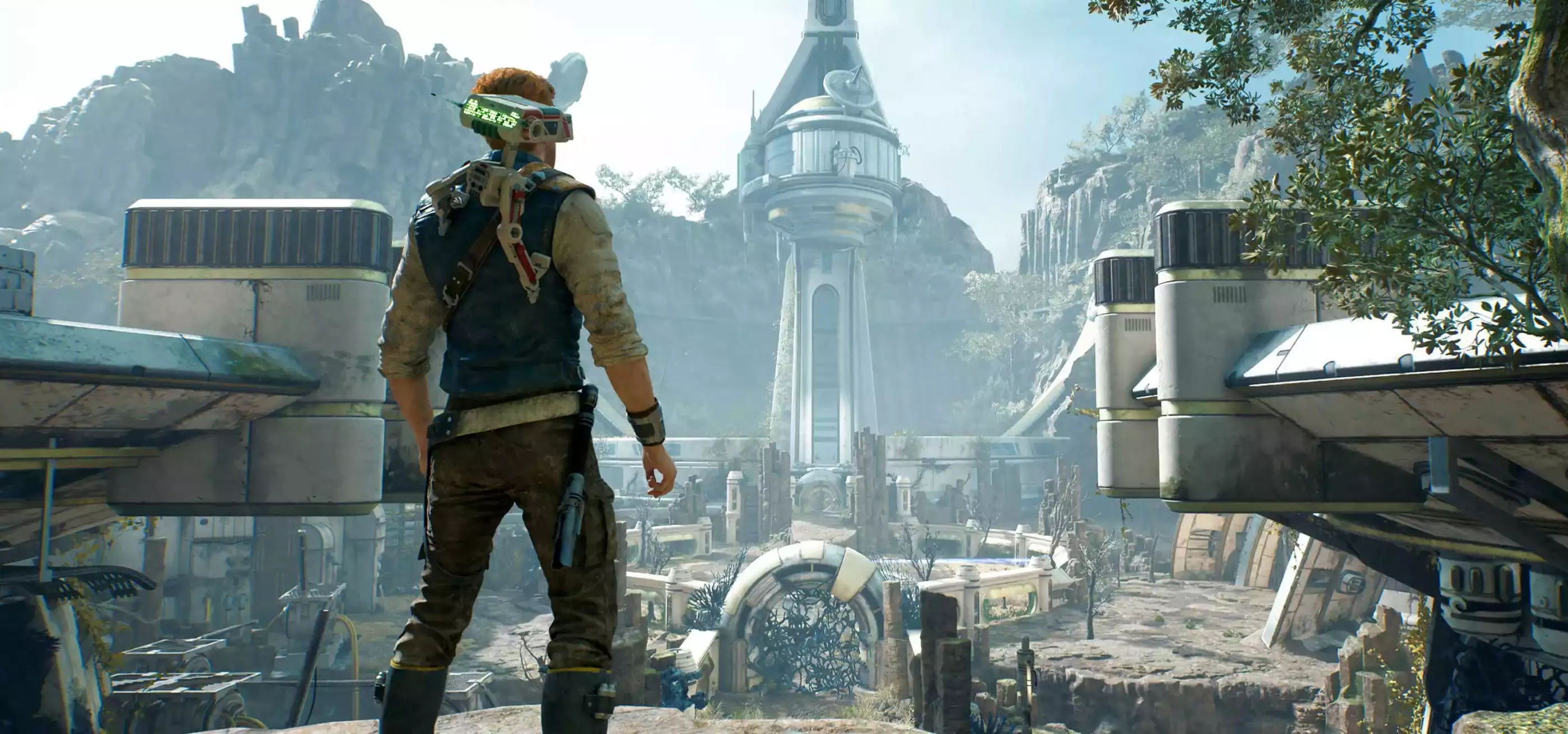As a child, DigiPen BFA in Digital Art and Animation graduate Rob Simpson wore out three sets of Star Wars™ VHS tapes due to repeat viewings. “I attribute my desire to be an artist to Star Wars,” Simpson says. “It really sparked my imagination as a very impressionable kid.” The series had an equally formative effect on BA in Game Design graduate Joanna Robb. “I knew what Star Wars was before I understood what movies were, if that makes sense,” Robb says. “I was really truly raised on it.”
When fellow lifelong Star Wars fan and BS in Computer Science and Game Design graduate Brandon Yuan started developing STAR WARS Jedi: Survivor, he came to a wild realization — one that Simpson and Robb would also arrive at in their own work on Respawn Entertainment’s new action-adventure game.
“Wow, this is a setting I can influence,” Yuan says. “Realizing that was pretty interesting. I’m still trying to fathom what my contributions mean for Star Wars canon!”
If fans and critics are any indication, the alumni wielded their new powers to influence the Star Wars universe for good on STAR WARS Jedi: Survivor, which released on PS5, Xbox Series X/S, and Microsoft Windows to wide acclaim late April. “My heart feels full that I’ve been able to contribute to a game, a story with a cast of characters, that people sincerely love and appreciate,” Simpson says.
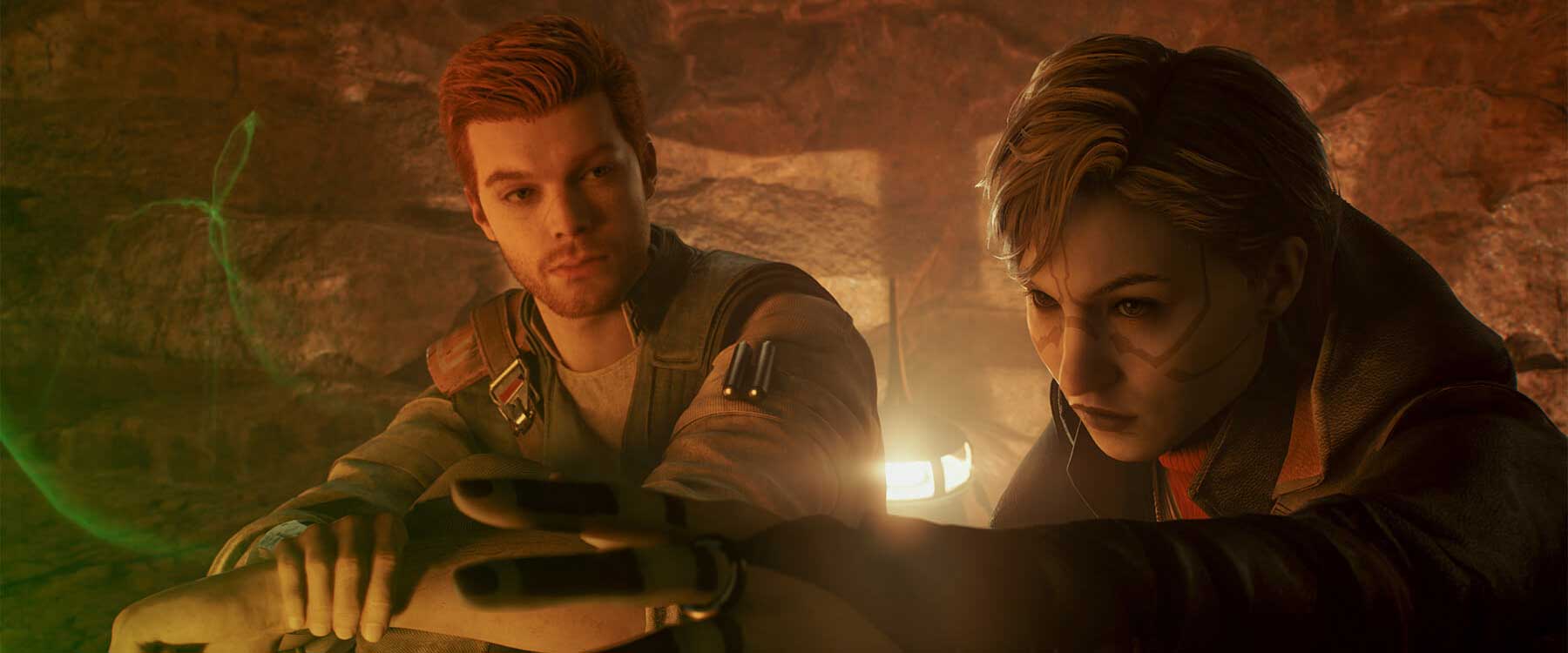
STAR WARS Jedi: Survivor picks up the story of young Jedi Knight Cal Kestis five years after 2019’s STAR WARS Jedi: Fallen Order™ left off. The new series entry nearly triples its predecessor’s game time while introducing a Bantha-load of new features — many of which the alumni had a direct hand in shaping. As a narrative technical designer, Robb developed the game’s new companion character system, which enables the magick-wielding Merrin and mercenary Bode Akuna to explore and fight alongside Cal Kestis during gameplay.
Part of Robb’s role involved collaborating with writers and level designers to develop the narrative possibilities the new system opened up. “Say Cal is doing a big wall climb at the start of the level, so here’s a great moment for some banter between Cal and Merrin,” she says. Robb, who calls Merrin “one of my favorite Star Wars characters ever,” was thrilled to find out she’d be developing much of Merrin and Cal’s initial character dynamic. Some of Robb’s early dialogue suggestions landed her a writing credit on the final game, an achievement that took her by surprise. “I didn’t think any of my writing would last!” she laughs.
Robb’s other main responsibility was overseeing the companions’ AI navigation, a huge challenge given Cal’s vastly expanded traversal abilities like double jumping, air dashing, and wall running. “You can move through our levels in a very nonlinear way where we can’t predict all your pathways, and our companion characters needed to be able to react and navigate alongside you,” Robb says.
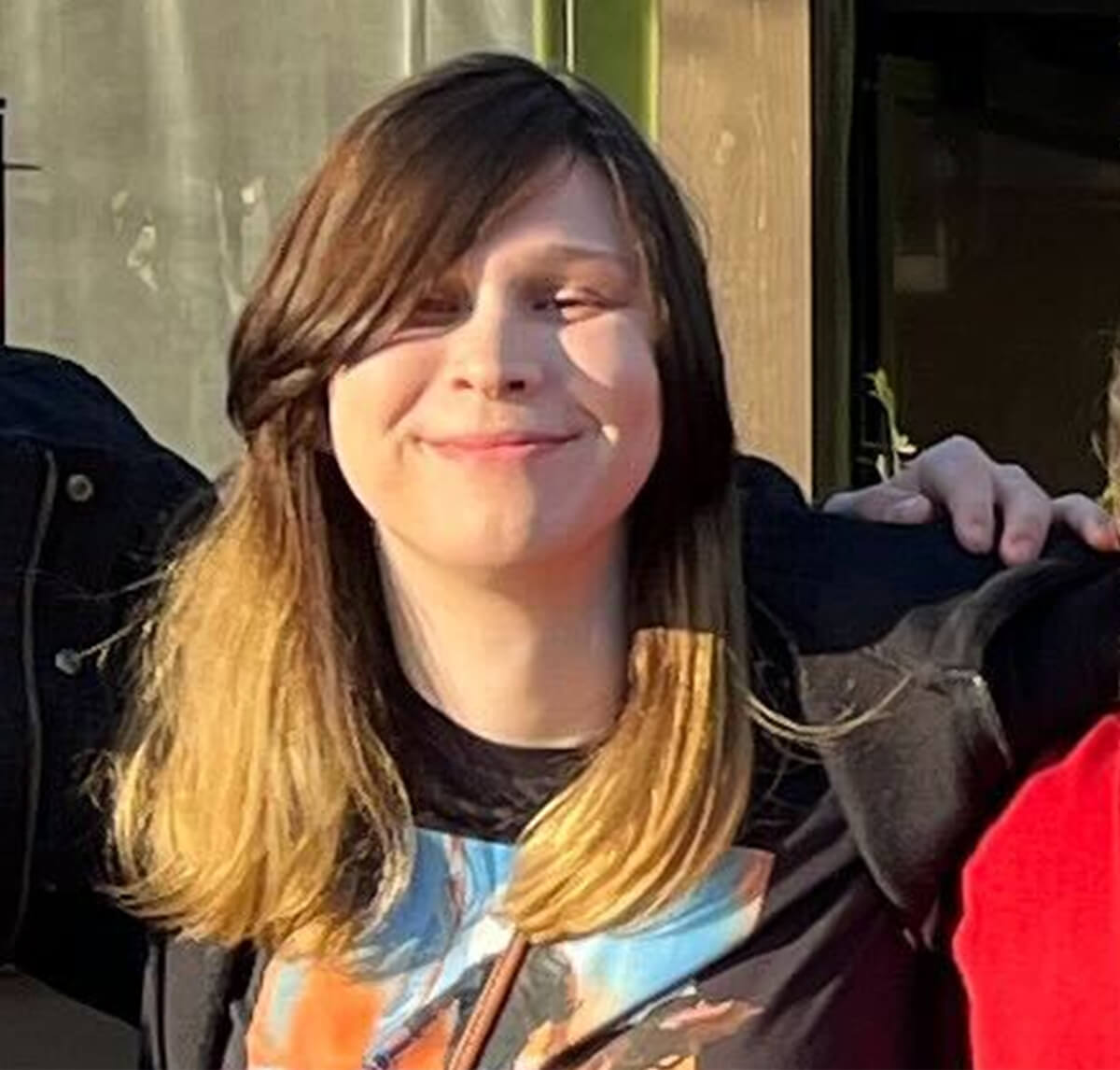
The typical industry technique used for AI character movement couldn’t keep pace with Cal’s advanced Jedi agility, so Robb helped Respawn pioneer a new approach for the studio, a “motion-matching animation system.” Utilizing a large database of animations called “dance cards,” Bode and Merrin’s AI movement systems procedurally pick the best frame of an animation to use in order to move the companion character forward based on the situation. “Their animation is truly controlling their movements in a really interesting way, which is super different than how we do everything else,” Robb says.
Those new traversal abilities also played a large part in Yuan’s work on the game as a level designer. Arriving at Respawn in 2020 as a freshly graduated Dragon, Yuan was first assigned to work on the game’s Bygone Settlement side level. That’s where he became one of the first Respawn level designers to explore and develop the possibilities of Cal’s new Air Dash ability. “It was a lot of figuring out different ways I could combine that ‘dash’ verb with things. Like, dash, wall run, climb, then dash off. I was seeing which combinations felt good and trying to include them in the levels,” Yuan says. Some of his combinations, which he showcased through small prototypes, were picked up by leads for use in other areas of the game as well. “It was pretty cool to have that indirect influence,” Yuan says.
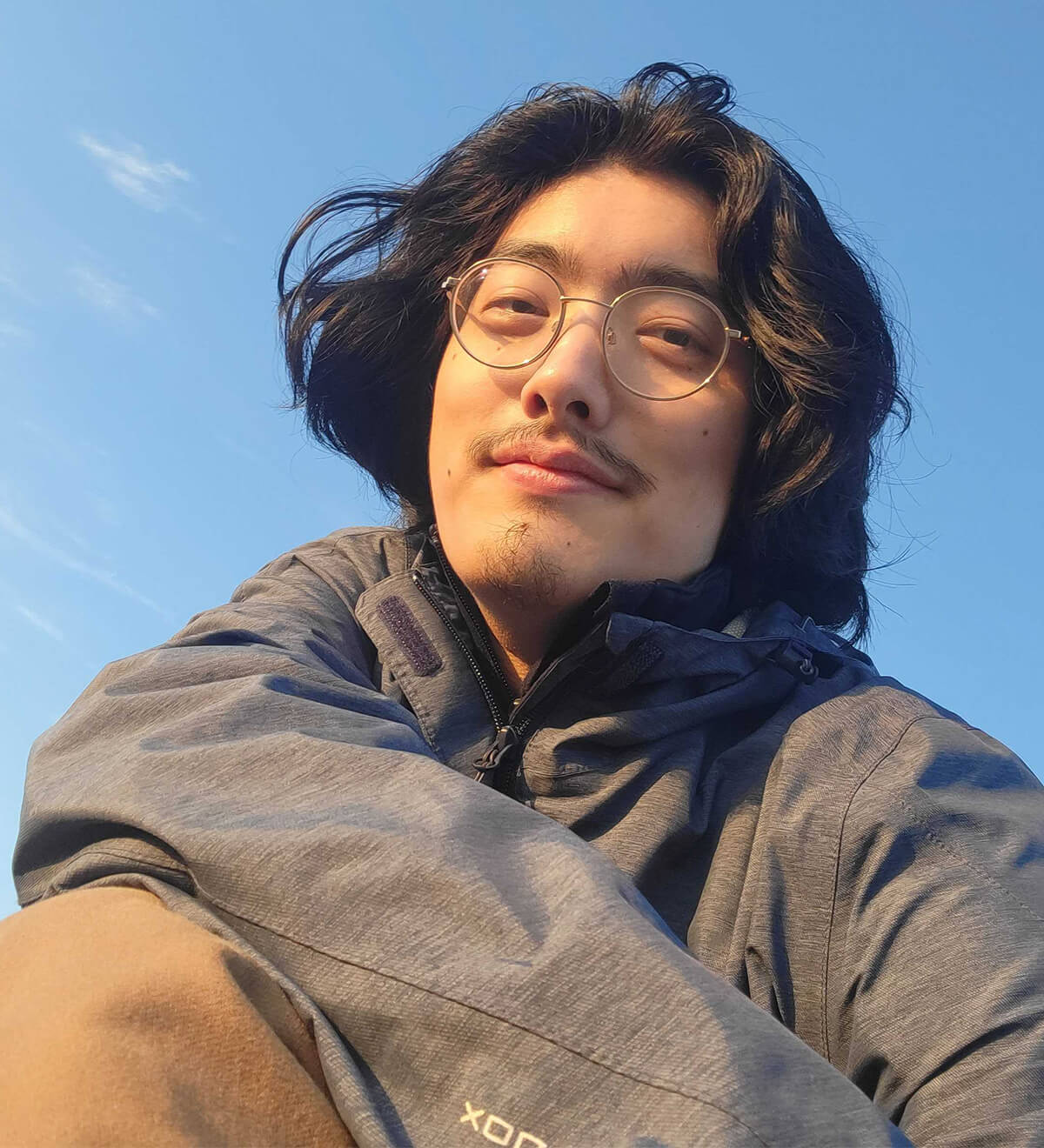
Yuan also had to show players how to use all those handy new traversal abilities. His next major level assignment, Shattered Moon, marked the first time players could upgrade their Ascension Cable to grapple onto floating balloons. “It was a bit of a challenge to teach the player that you can hold the left trigger to stay on the balloon, redirect yourself, and then launch off,” Yuan says. The area’s initial open design meant players could “cheese” their way across the balloons using Air Dash, progressing without fully understanding the new grapple mechanic. “I had to make a destroyed hallway to constrict the player, and the only way you can get out is if you hold the left trigger and direct yourself through a little shutter window,” Yuan says. “After we show the player what they can really do, we open the level back up again.”
Yuan’s role also meant acting as an advocate for his levels through all stages of production — not just his own initial blockouts and prototypes. One of Yuan’s favorite level moments in the final game, an enormous laser tube Cal encounters in Shattered Moon, underwent many rounds of interdisciplinary revisions during development to realize. “It went through a huge amount of changes before we settled on the final version,” Yuan says. “There had to be compromises made because our art scope was tightening as development went on, and I had to go, ‘OK, these are the parts of the level we can cut.’ But I think overall what we ended up with was still really cool.”
As a lighting artist, Simpson helped work on another prominent new feature of STAR WARS Jedi: Survivor, Cal’s extensive cosmetic customization system. “When lighting the character customization screen, I had to consider all the different cosmetic items that Cal can unlock, and all the different color palettes for those individual pieces,” Simpson says. “The lighting artist’s role is to really take in the breadth of the whole image, including the fine details.” Nailing the Star Wars look meant using realistic lighting as a base before pushing colors, intensities, and shapes to exaggerated lengths.
Luckily, Simpson had an enormous amount of visual reference to pull from, whether in lighting the character customization menu, the pause screen, or working on environmental lighting on the planet Koboh. “When we decided to think about color grading and post-processing, we had a whole spreadsheet of the cameras that every Star Wars movie was shot in and what film stock they used, down to the type of film grain,” Simpson says. “We tried to think about the tone of the game and slot ourselves in nicely with something that looks and feels Star Wars, using that body of reference.”
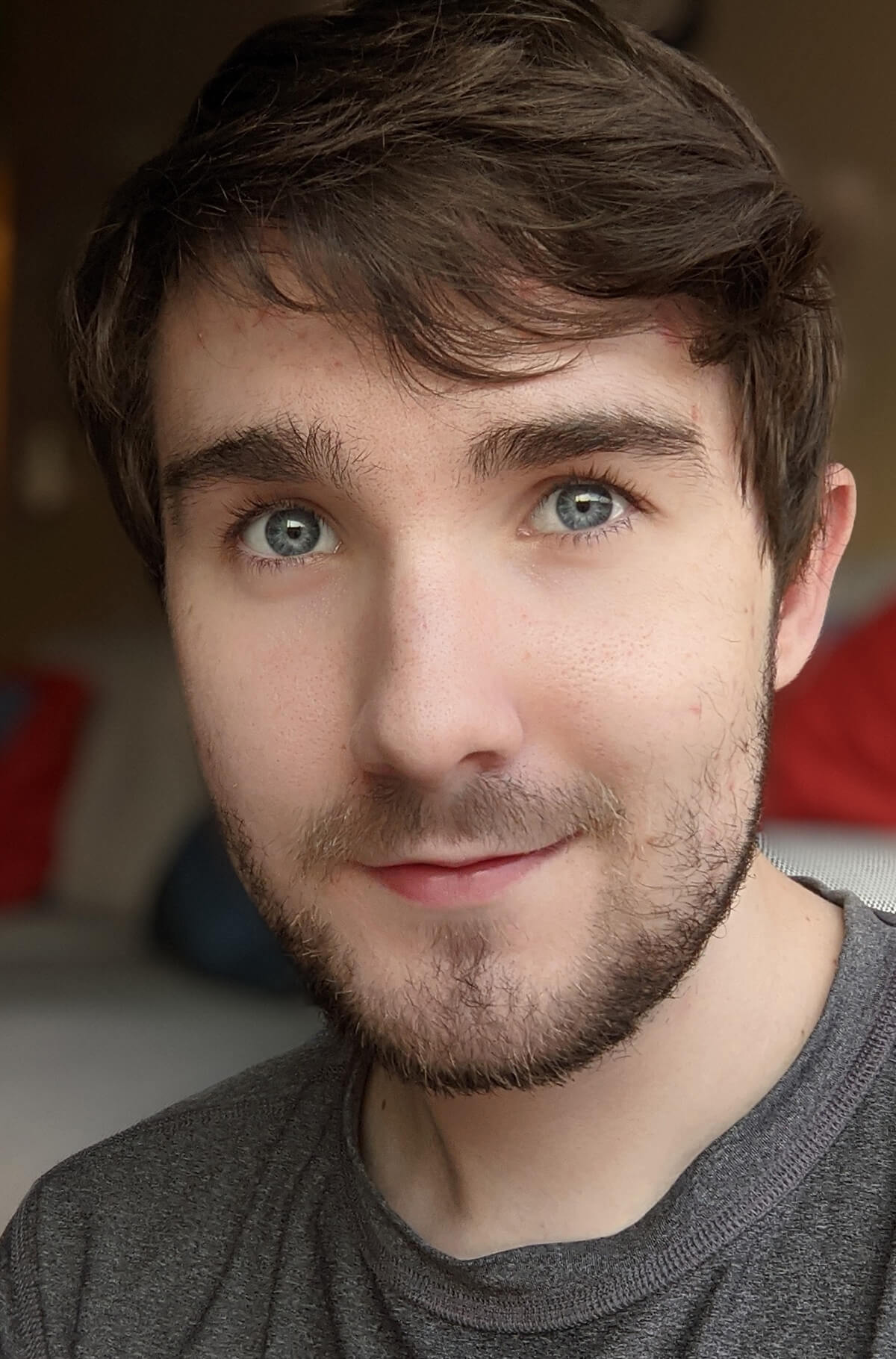
Tonally, fans have made it known how much they love the game’s wacky cast of alien side characters, which lean into the franchise’s goofier side. “I love Turgle!” Simpson says, calling out the viral, froggy fan favorite that has become the subject of countless social media memes and fan art. “I love [alien fisherman] Skoova Stev too. I got to light his fishing barge, so he has a special place in my heart. When you see people cosplaying or making memes of characters you’ve helped light or present in the best way, it feels like such a sign of endearment and success.”
The three DigiPen alumni say they owe much of their success on STAR WARS Jedi: Survivor to fellow DigiPen alumni, many of whom also worked on the game at Respawn. As young Padawans at DigiPen, Robb and Simpson worked together on their junior and senior game team projects with fellow alum and STAR WARS Jedi: Survivor level designer, Nicholas Cameron. Not only did Robb and Cameron help Simpson land his lighting artist position, Cameron was also part of Yuan’s level design job interview at Respawn. “Nick was actually my TA in my second semester freshman [game design] GAT class!” Yuan says. “It’s cool getting to work with DigiPen people again.”
Not only that, Robb’s collaborator on the new companion system was none other than fellow DigiPen graduate Jason Zhu, who had previously cut his teeth as a designer on Fallen Order. “[At DigiPen] we leveled up our skills and figured out how to do the things that we do together, so it’s very meaningful to be able to continue that into a professional relationship and make games as awesome as Survivor,” Robb says.
It’s a sentiment Simpson echoes. “Being able to work on Star Wars is great,” he says. “Being able to work on Star Wars with your friends? Chef’s kiss!”
